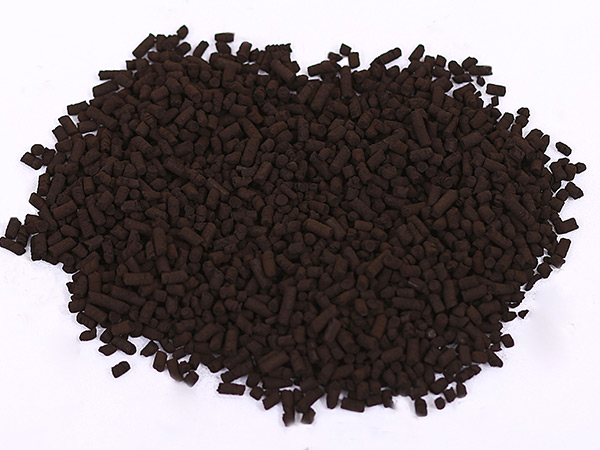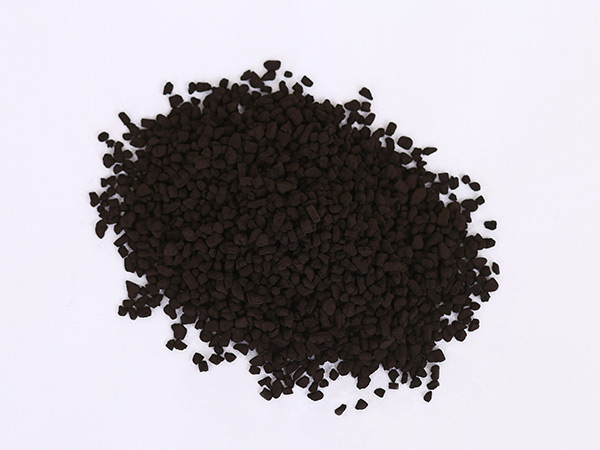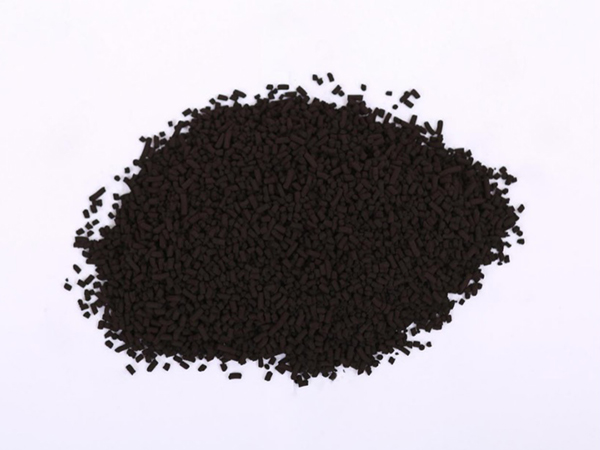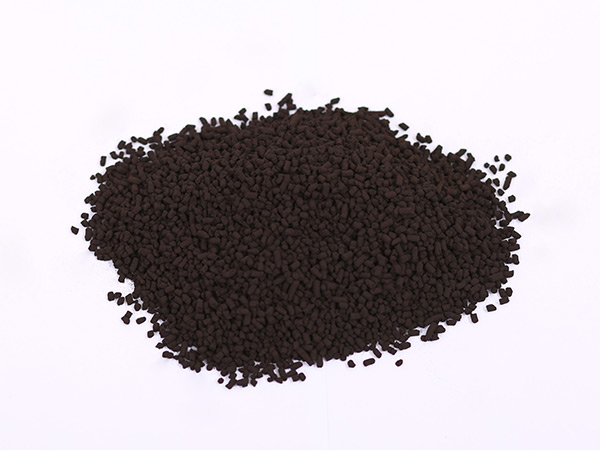Active copper oxide MSDS
- 发布时间:2020-12-21
- 发布者: 本站
- 来源: 原创
- 阅读量:
Copper oxide MSDS
Part I: Chemical Product Identifier
Chinese name of chemical: copper oxide
English name of chemical: copper oxide black
Synonyms:
CAS No.: 1317-38-0
Molecular formula: CuO
Molecular weight: 79.54
Part 2: Composition / Information on Ingredients
Pure chemical mixture
Chemical name: copper oxide
The content of harmful substances was CAS No
No data no data no data
The third part: Hazard(s) Identification
Hazards category:
Route of invasion: no data available
Health hazards: inhalation of a large amount of copper oxide smoke can cause metal smoke heat, shivering, temperature rise, and respiratory tract irritation symptoms. Long term contact, respiratory tract and conjunctival irritation, epistaxis, nasal mucosa bleeding points or ulcers, even nasal septum perforation and dermatitis, can also appear gastrointestinal symptoms. It has been reported that long-term inhalation can cause pulmonary fibrosis.
Environmental hazards: no data available
Explosion hazard: This product is nonflammable, toxic and irritant.
Part four: First-Aid Measures
Skin contact: take off contaminated clothes and rinse with flowing water.
Eye contact: lift the eyelids and rinse with flowing water or normal saline. Seek medical attention.
Inhalation: Rapidly run away from the site to fresh air. If breathing is difficult, take oxygen therapy. Seek medical attention.
Ingestion: drink enough warm water and induce vomiting. Seek medical attention.
Part V: Fire-Fighting Measures
Hazard characteristics: no special combustion and explosion characteristics.
Harmful combustion product: copper oxide.
Fire-fighting method and fire extinguishing agent: fire fighters must wear full body fire prevention and anti-poison clothing and put out the fire in the upwind direction. When extinguishing the fire, move the container from the fire site to an open place as far as possible.
Personal protection of firefighters: no data available
Prohibited extinguishing agent: no data available
Flash point (℃): no data available
Spontaneous combustion temperature (℃): no data available
Lower explosive limit [% (V / V)]: no data available
Upper explosion limit [% (V / V)]: no data available
Minimum ignition energy (MJ)
Deflagration point:
Detonation velocity:
Maximum combustion and explosion pressure (MPA)
Part six: Accidental Release Measures
Emergency treatment: Isolate the contaminated area and restrict the access. It is suggested that emergency treatment person should wear dust masks (full face masks) and gas protective clothing. Avoid dust, sweep it carefully, put it in a bag and transfer to a safe place. In case of large leakage, cover with plastic cloth and canvas. Collect and recycle or transport to the waste disposal site for disposal.
Part 7: Handling and Storage
Operational precautions: closed-loop operation and local exhaust ventilation. Operators must be specially trained and strictly obey the operation rules. It is suggested that the operators should wear self-priming filter dust masks, chemical safety glasses, anti-poison penetration work clothes and rubber gloves. Avoid dust generation. Avoid contact with reducing agent and alkali metal. Handle with care to prevent package damage. Equipped with leakage emergency treatment equipment. The empty container may contain harmful substances.
Storage precautions: store in cool and ventilated warehouse. Keep away from fire and heat sources. It should be stored separately from reducing agent, alkali metal and edible chemicals, and mixed storage is not allowed. The storage area should be equipped with suitable materials to contain the leakage.
Part 8: Exposure control / Personal protection
Maximum allowable concentration: tlvtn: smoke 0.2mg/m3, dust and mist 1mg / m3 (copper meter)
Monitoring method: no data available
Engineering control: closed operation, local exhaust ventilation.
Respiratory system protection: when the dust concentration in the air exceeds the standard, wearing self-inhalation filter type dust respirator. Wearing air breathing apparatus during emergency rescue or evacuation.
Eye protection: wear chemical safety glasses.
Body protection: wear work clothes against poison penetration.
Hand protection: wear rubber gloves.
Other protection: change working clothes in time. Pay attention to personal hygiene.
Part 9: Physical and Chemical Properties
Appearance and character: dark brown powder.
pH:
Melting point (℃): 1026
Boiling point (℃): no data available
Relative density (water = 1): 6.32 (powder)
Relative vapor density (empty = 1): no data available
Saturated vapor pressure (kPa)
Combustion heat (kJ / mol)
Critical temperature (℃)
Critical pressure (MPA)
Flash point (℃): no data available
Ignition temperature (℃)
Upper explosion limit% (V / V): no data
Lower explosive limit% (V / V): no data available
Molecular formula: CuO
Molecular weight: 79.54
Solubility: insoluble in water, soluble in dilute acid, insoluble in ethanol.
Main applications: rayon, ceramics, glaze and enamel, battery, petroleum desulfurizer, insecticide, hydrogen production, catalyst, green glass, etc.
Part 10: Stability and Reactivity
Stability: under normal temperature and pressure
Prohibited substances: strong reducing agent, aluminum, alkali metal.
Conditions to avoid contact: no information
Polymerization hazard: no data
Decomposition products: no data
Part 11: Toxicological information
Acute toxicity: no data available
Acute poisoning: no data available
Chronic poisoning: no data
Irritation: no data available
Sensitization:
Mutagenicity:
Teratogenicity:
Carcinogenicity:
Part 12: Ecological information
Ecotoxicity: no data available
Biodegradability: no data available
Non biodegradability: no data available
Part 13: Disposal Considerations
Nature of waste: no data
Disposal method: Referred to relevant national and local regulations before disposal. Use safe burying method for disposal.
Notes on abandonment: no data available
Part 14: Transport Information
Dangerous goods No.: no data available
UN No.: no data available
Package mark:
Packing category:
Packing method: no data available
Transportation precautions: The package should be complete and the loading should be safe. During transportation, the container shall not leak, collapse, fall and damage. It is strictly forbidden to mix loading and transportation with reducing agent, alkali metal and edible chemicals. During transportation, it should be protected from the solarization, rain and high temperature
Part 15: Regulatory Information
Chemical Safety Management Regulations in China:Regulations on the Control over Safety of Dangerous Chemicals(Released by the State Council in Fab 7th 1987), Dangerous chemicals safety management Implementation of the Regulations (the Labor Department's [1992] No. 677), the use of chemicals safety in the workplace of the provisions (Labor Department's [ 1996] No. 423)
International Chemical Safety Management Regulations:No data available
Part 16: Other Information
References : No available data










